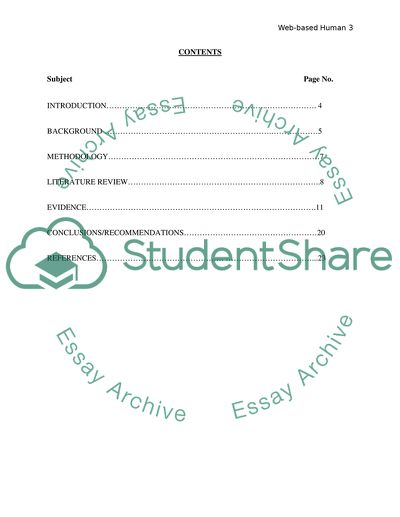Cite this document
(Internet Security: Privacy and Confidentiality Research Paper, n.d.)
Internet Security: Privacy and Confidentiality Research Paper. Retrieved from https://studentshare.org/information-technology/1725089-web-based-human-resources-privacy-and-confidentiality-issues
Internet Security: Privacy and Confidentiality Research Paper. Retrieved from https://studentshare.org/information-technology/1725089-web-based-human-resources-privacy-and-confidentiality-issues
(Internet Security: Privacy and Confidentiality Research Paper)
Internet Security: Privacy and Confidentiality Research Paper. https://studentshare.org/information-technology/1725089-web-based-human-resources-privacy-and-confidentiality-issues.
Internet Security: Privacy and Confidentiality Research Paper. https://studentshare.org/information-technology/1725089-web-based-human-resources-privacy-and-confidentiality-issues.
“Internet Security: Privacy and Confidentiality Research Paper”, n.d. https://studentshare.org/information-technology/1725089-web-based-human-resources-privacy-and-confidentiality-issues.


